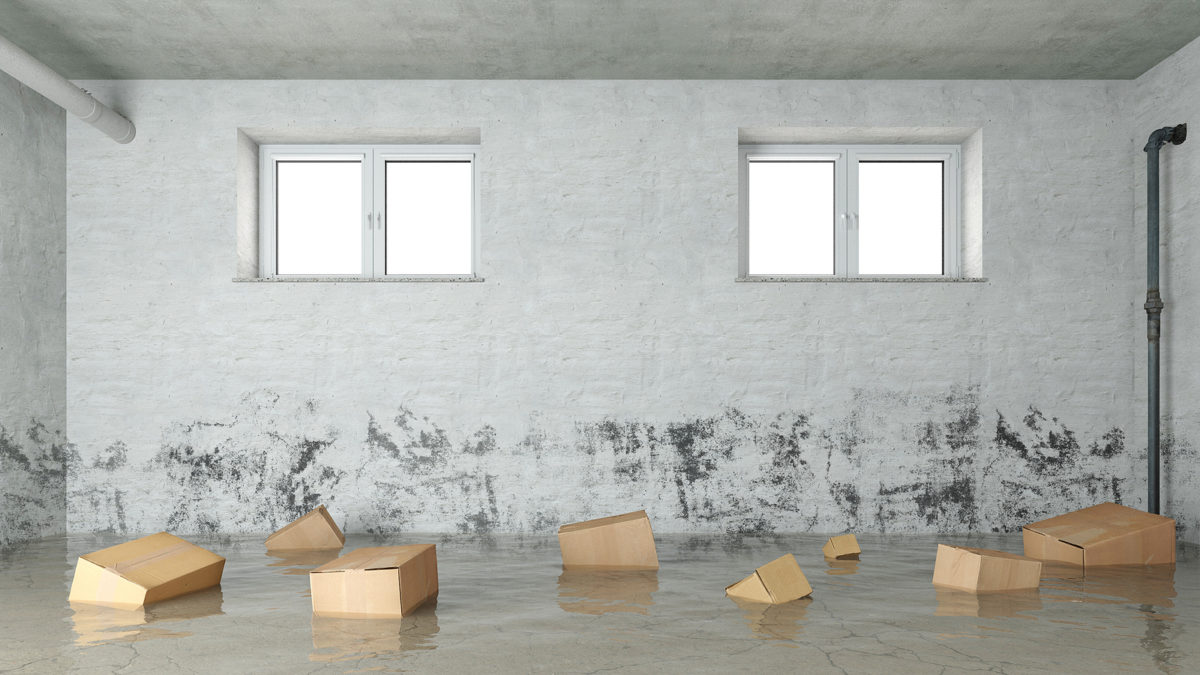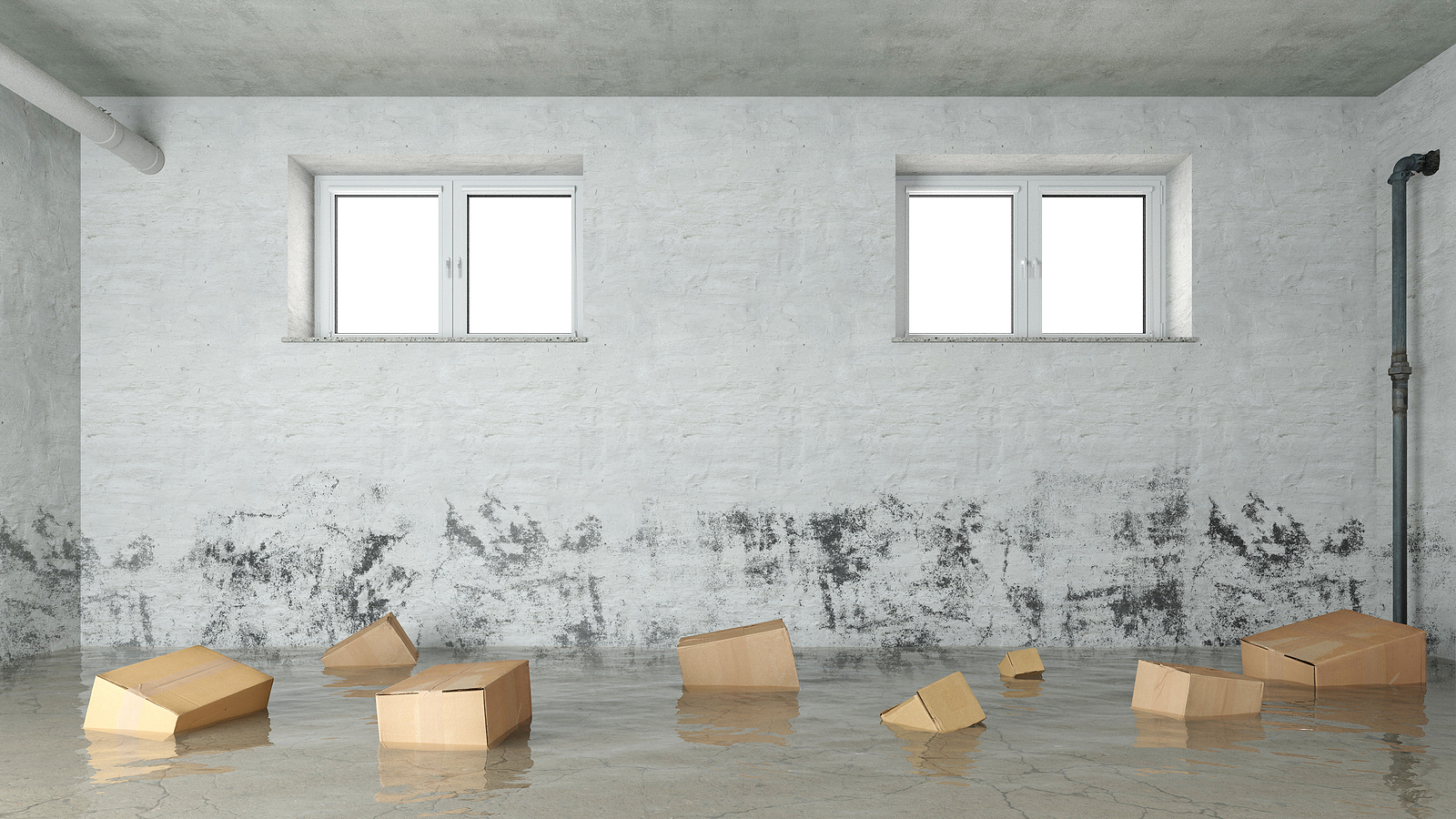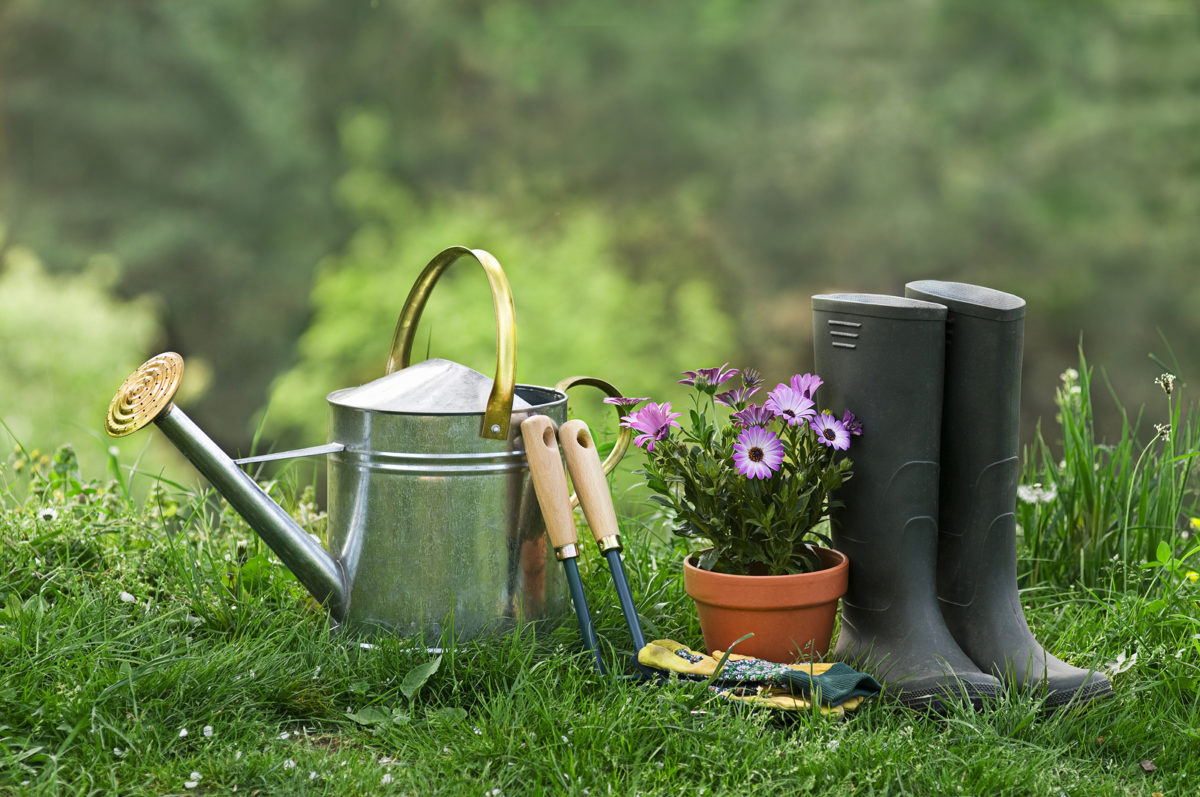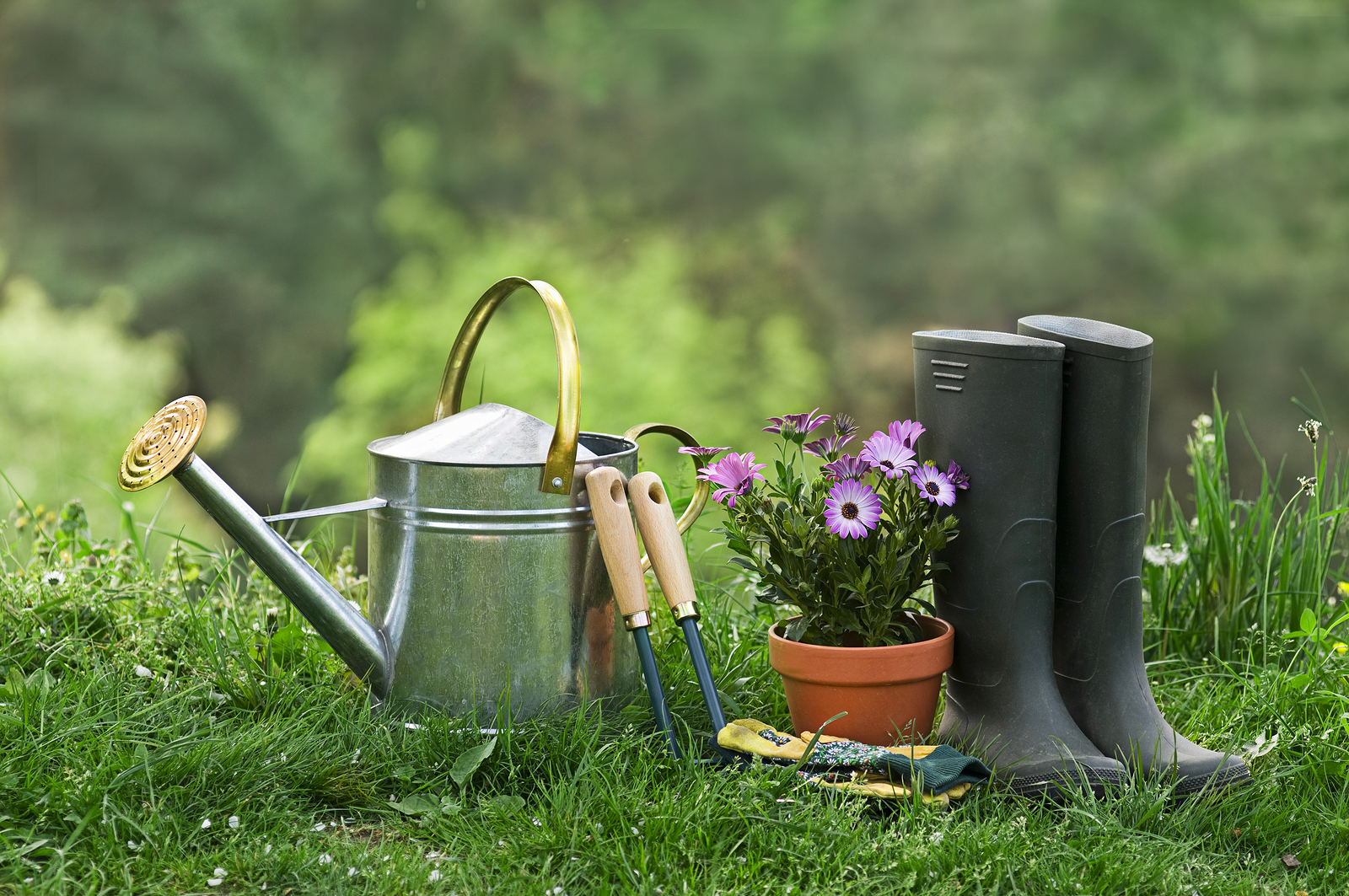Who knew that it would take a pandemic and being forced to remain in your home all of the time to turn it from something you love to something you despise?
It’s interesting how we learn to live with a home’s flaws, be it decorating that needs updating to that way-too-small kitchen. But living with these flaws 24/7, especially with children underfoot, while trying to remain productive, isn’t easy.
If you’re still reeling from the remnants of cabin fever and you don’t plan on selling the home for something comfier, how about giving it a bit of sprucing up? You’d be surprised at how easy and inexpensive it is to make your home easier to live in.
Get rid of the stale and boring
Too often we learn to live with something, never considering how it makes us feel. This includes home décor items.
Go through the home with the aim of looking at every piece of art, all the throw rugs and curtains, every hanging mirror, every accessory on shelves and tabletop – every object of décor in the home, top to bottom.
Those items that no longer appeal to you, or that you find stale and boring, need to go. Sell them on Craigslist, Facebook Marketplace, OfferUp or even Ebay. Or, have a garage sale. Use the money you make to buy items that better appeal to you.
Stock up on live plants
What goes around comes around and that couldn’t be truer in 2020. In the 1970s, houseplants were all the rage. Americans created urban jungles in the apartments and homes with hanging plants, tall trees and even food crops.
It’s back. Today, it’s primarily millennials catching the houseplant fever, but others are enjoying the trend as well.
Indoor plants can add color and interest in the home and they don’t necessarily require a lot of care. From the Chinese evergreen to the peace lily and ponytail palm, there are a variety of low-maintenance houseplants from which to choose (you’ll find a list of 10 of them here).
If you have children and/or pets, you’ll want to ensure the plants you choose aren’t toxic. The ASPCA online offers a database of thousands of plants and rates their toxicity when it comes to pets. Type the name of the plant into the box labeled “Enhanced by Google” to learn all about pet-safe plants.
For information on which plants to avoid if you have children, visit Poison.org or check out the list at BHG.com.
By the way, plants don’t clean the air in homes. Surprised? Learn how the NASA study was misunderstood and manipulated when presented to the public and how the media and the landscaping industry’s claims have been debunked.
Spend a lot of time in the kitchen?
It’s easy and inexpensive to help your kitchen get over the blahs. Start with the cabinets and install new hardware.
Be aware, however, that the array of choices is dizzying. Take a look at decorating websites for kitchens that appeal to you. Do you like knobs or handles, contemporary or country or antique? Which finishes appeal to you?
Then head to the hardware store or shop online at HomeDepot.com, Lowes.com, Wayfair.com, Signature Hardware or Amazon.com.
Light it up
We get it – some people feel perfectly comfortable in the dark. But when it comes to the interior of a home, a dark atmosphere is dreary. It’s also unhealthy.
A National Institutes of Health study found that “… inadequate light in housing is independently associated with depression and falls,” in those older than 18 years of age.
In fact, those participants who claimed to have inadequate light in their homes were nearly 1.5 times more likely to be depressed than those with adequate lighting. The rate for falls was 2 times that of folks with good lighting in the home.
If you lack lots of windows through which natural light can stream, consider either brighter bulbs in the lighting you do have or adding additional lighting.
Start with the room you feel the least comfortable in and change the ceiling fixture. Or, purchase some table lamps. We’re betting that these small fixes will change the entire atmosphere in that room you previously couldn’t stand.
New paint can make you fall in love with your home all over again
Paint is the wonder drug for what ails a house. Not only does it change the appearance of a room, but it makes it feel fresh and new.
Consider wallpaper if paint isn’t your thing. If you haven’t purchased paint before, be aware that the color choices now are just about endless.
Other easy ways to make your home more fun to be in include rearranging the furniture, recovering the sofa or using slip covers. Buy new window coverings or flooring.
You don’t have to live in a home that no longer appeals to you. We’d be happy to help you sell it and find one that makes you happy. Or, do an inexpensive makeover, one weekend at a time.




















